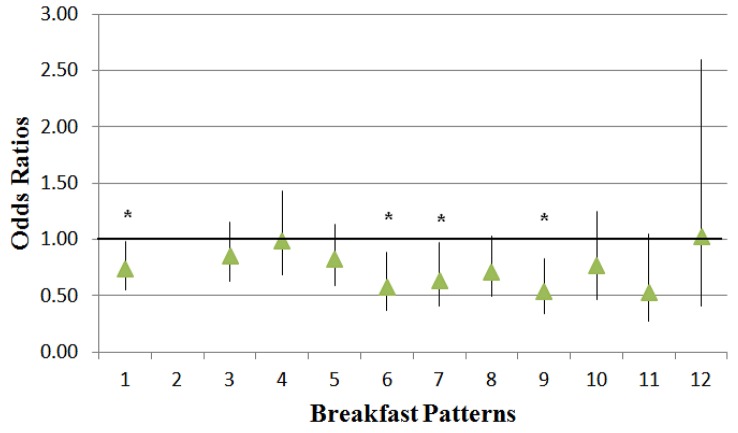Figure 2. Odds ratios of breakfast patterns (compared with No Breakfast, Pattern 2) for overweight or obese children; an * indicates a significant (p < 0.0042) lower risk of overweight or obesity.
Breakfast Patterns: 1 = Grain/Lower Fat Milk/Sweets/Fruit Juice (FJ); 2 = No Breakfast; 3 = Pre-sweetened ready-to-eat cereal (PSRTEC)/Lower Fat Milk; 4 = Grains; 5 = Eggs/Grain/Meat, Poultry, Fish (MPF); 6 = PSRTEC/Whole Milk; 7 = RTEC/Lower Fat Milk; 8 = Soft Drinks/FJ/Grain/Potatoes; 9 = RTEC/Whole Milk; 10 = MPF/Grain/FJ; 11 = Cooked Cereal/Milk/FJ; 12 = Whole Fruit.Data source: 2001–2008 National Health and Nutrition Examination Survey, children 2–18 years of age.
Covariates: age, gender, race/ethnicity, poverty income ratio, physical activity, and alcohol intake.

